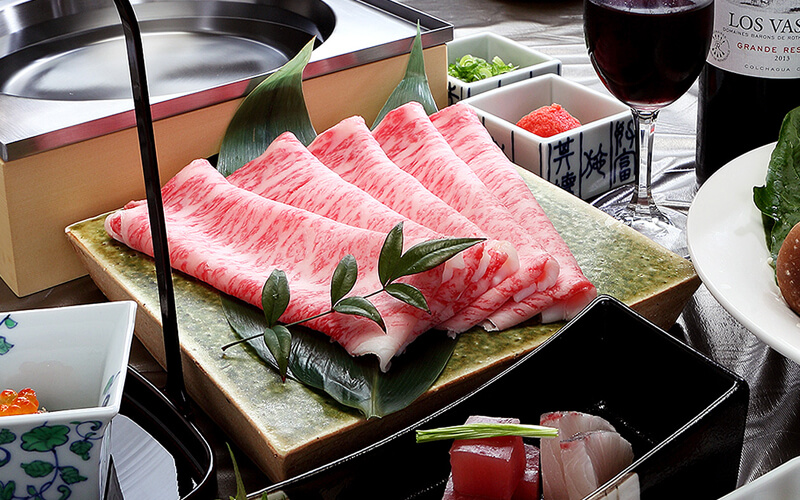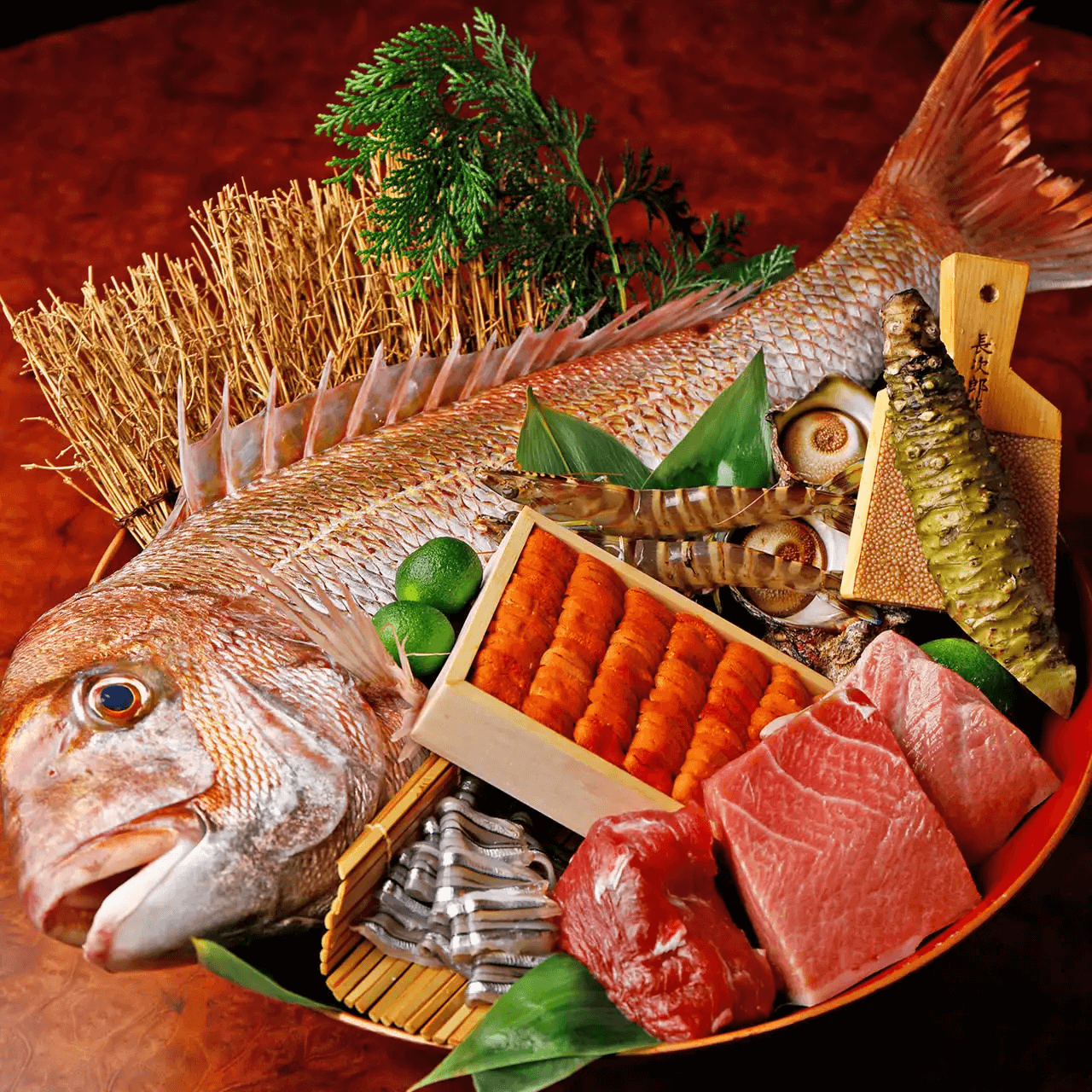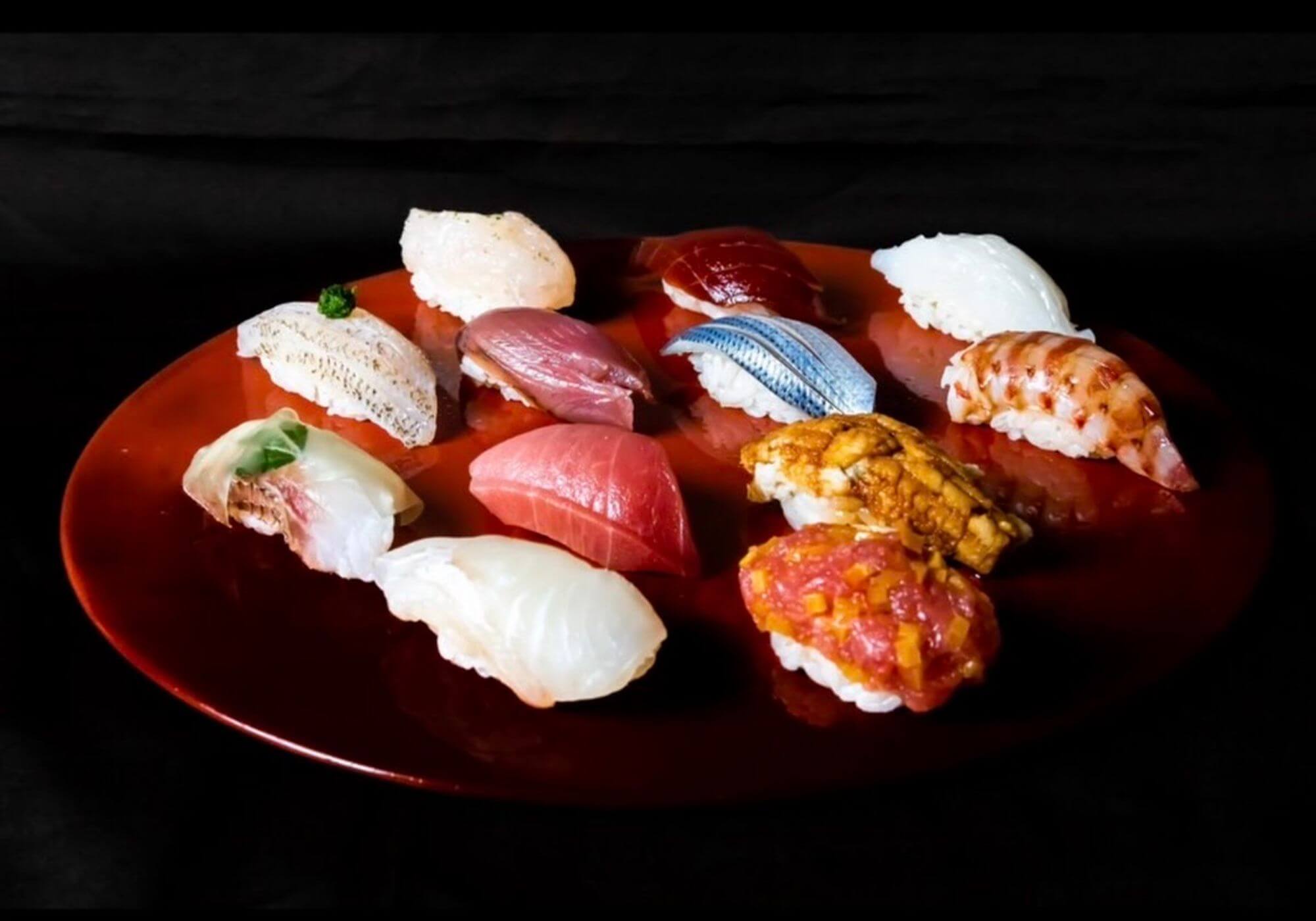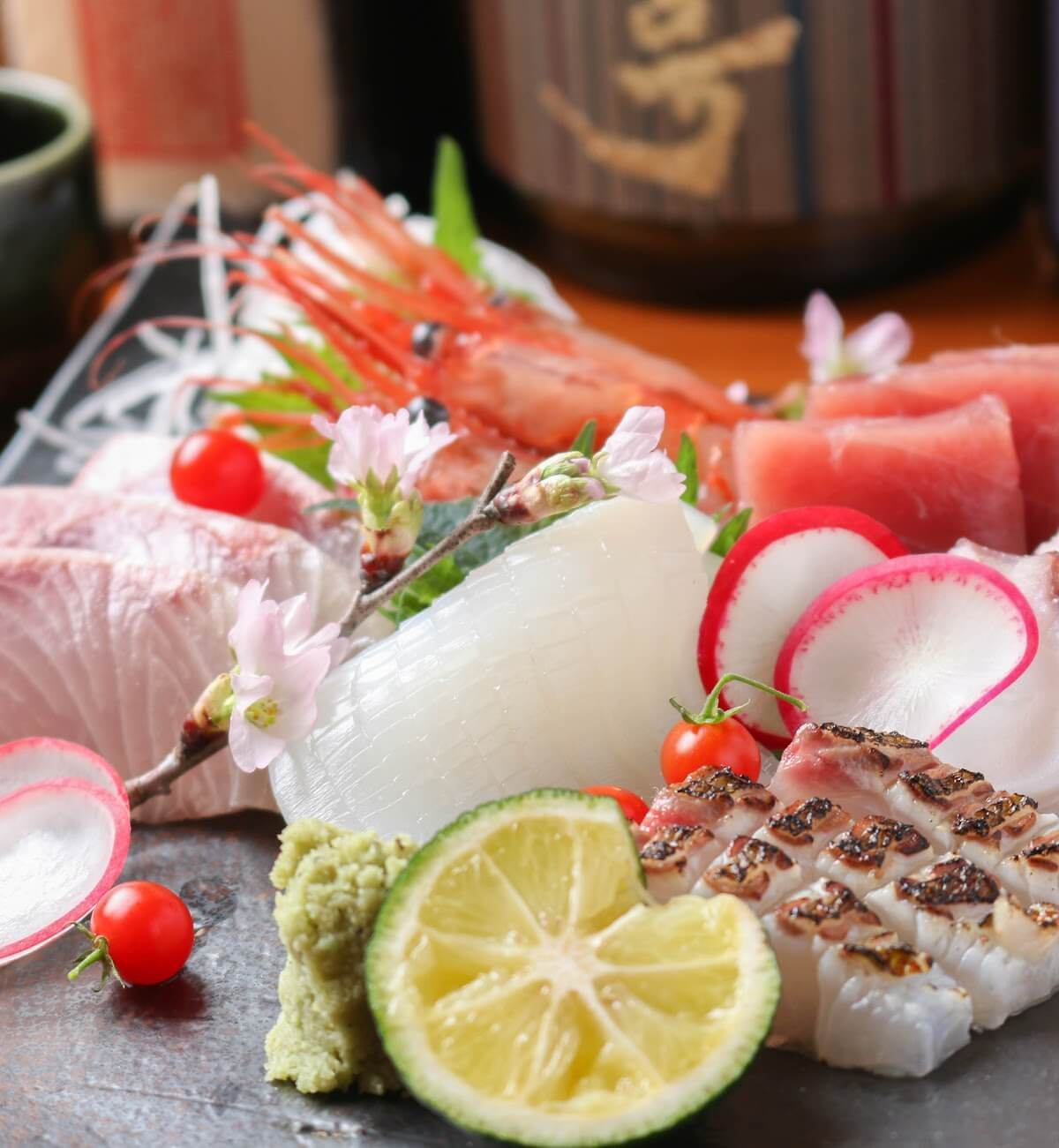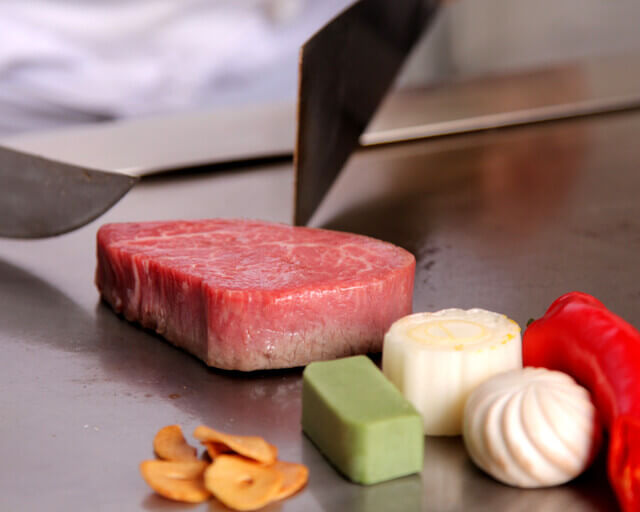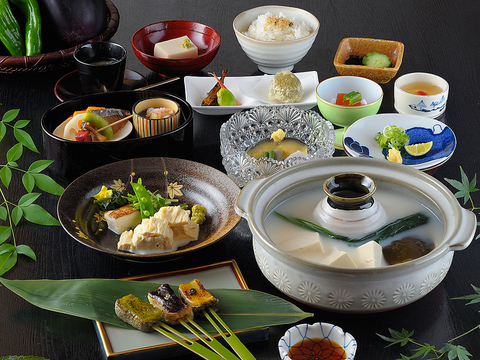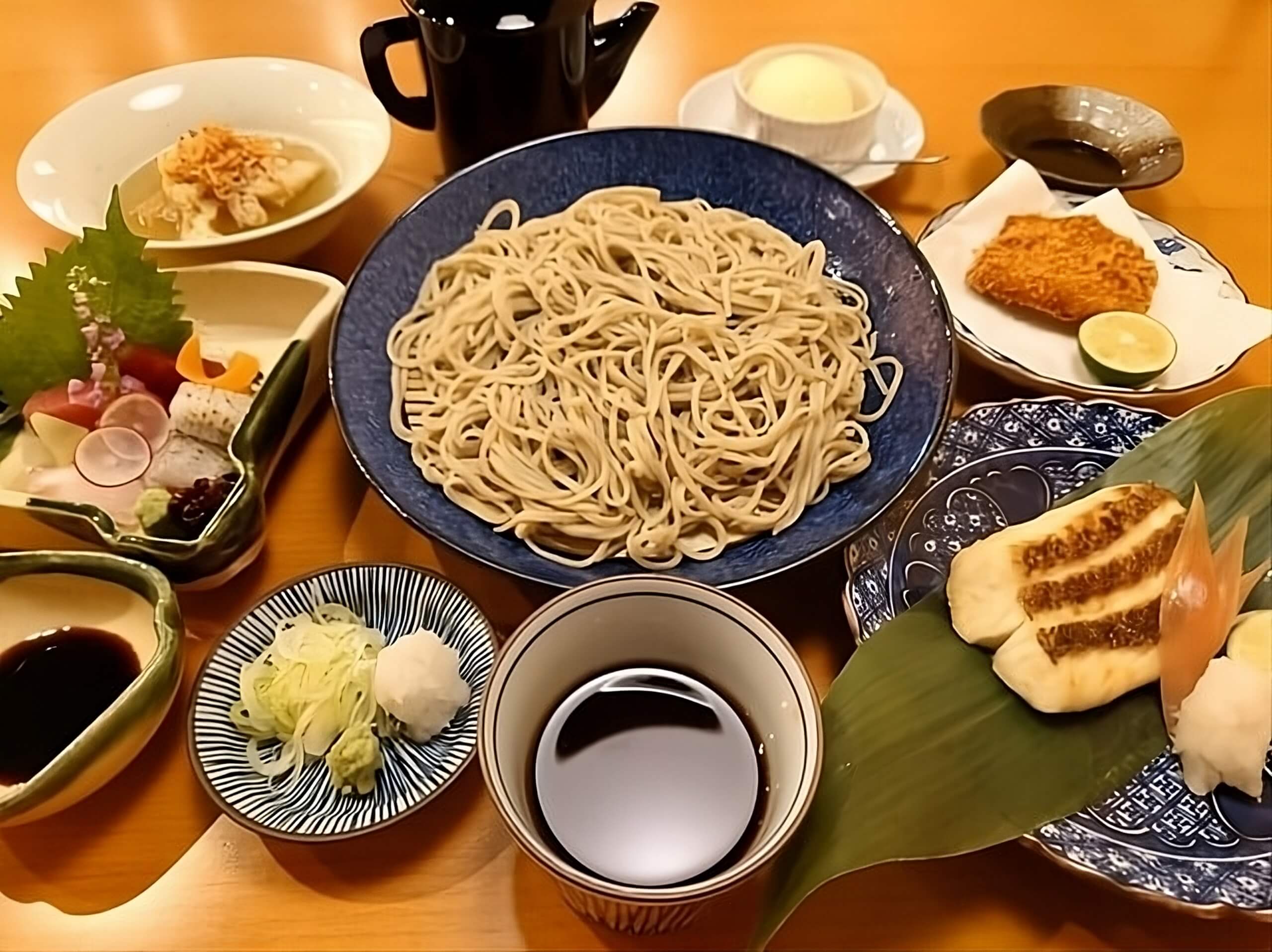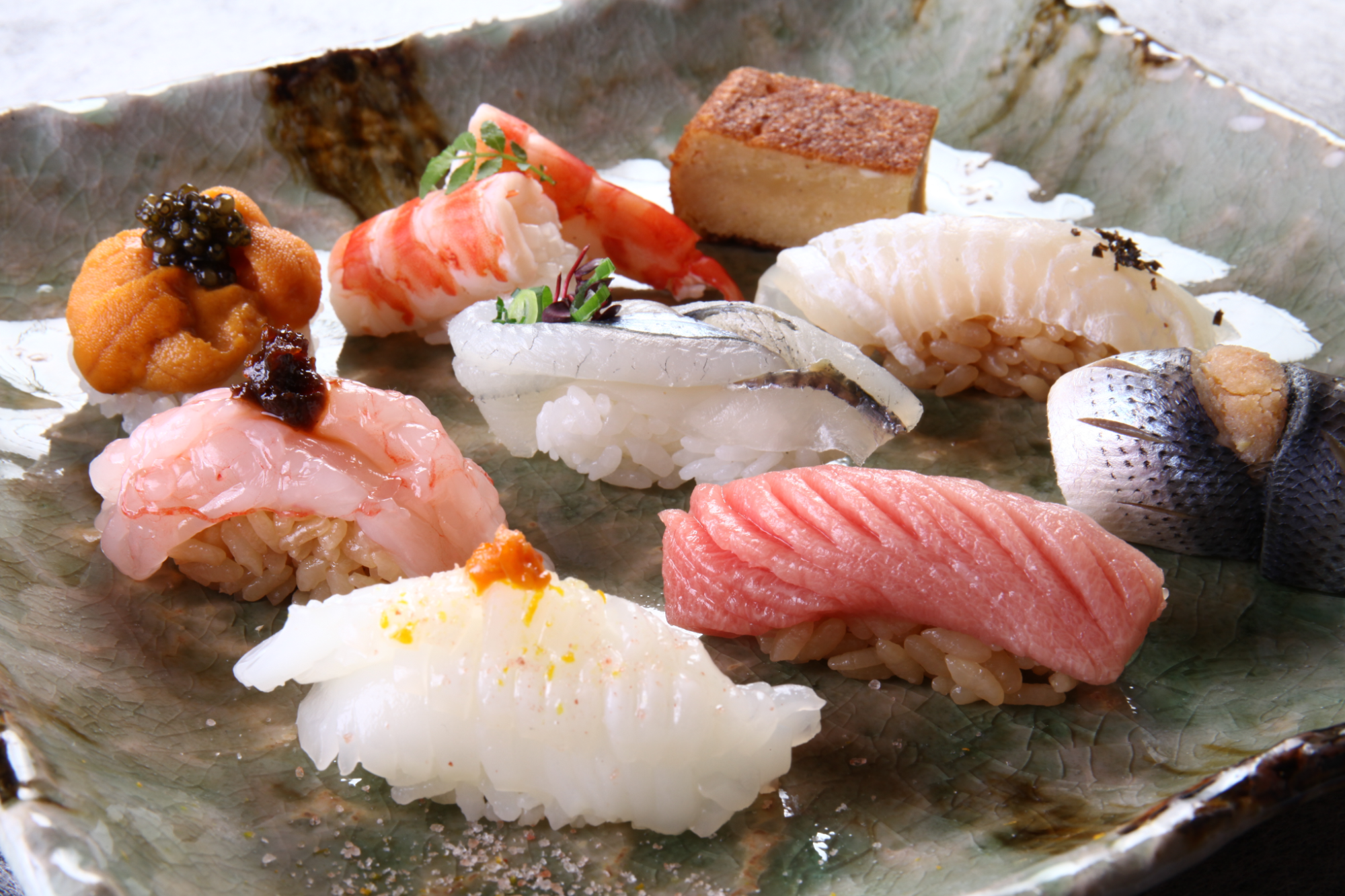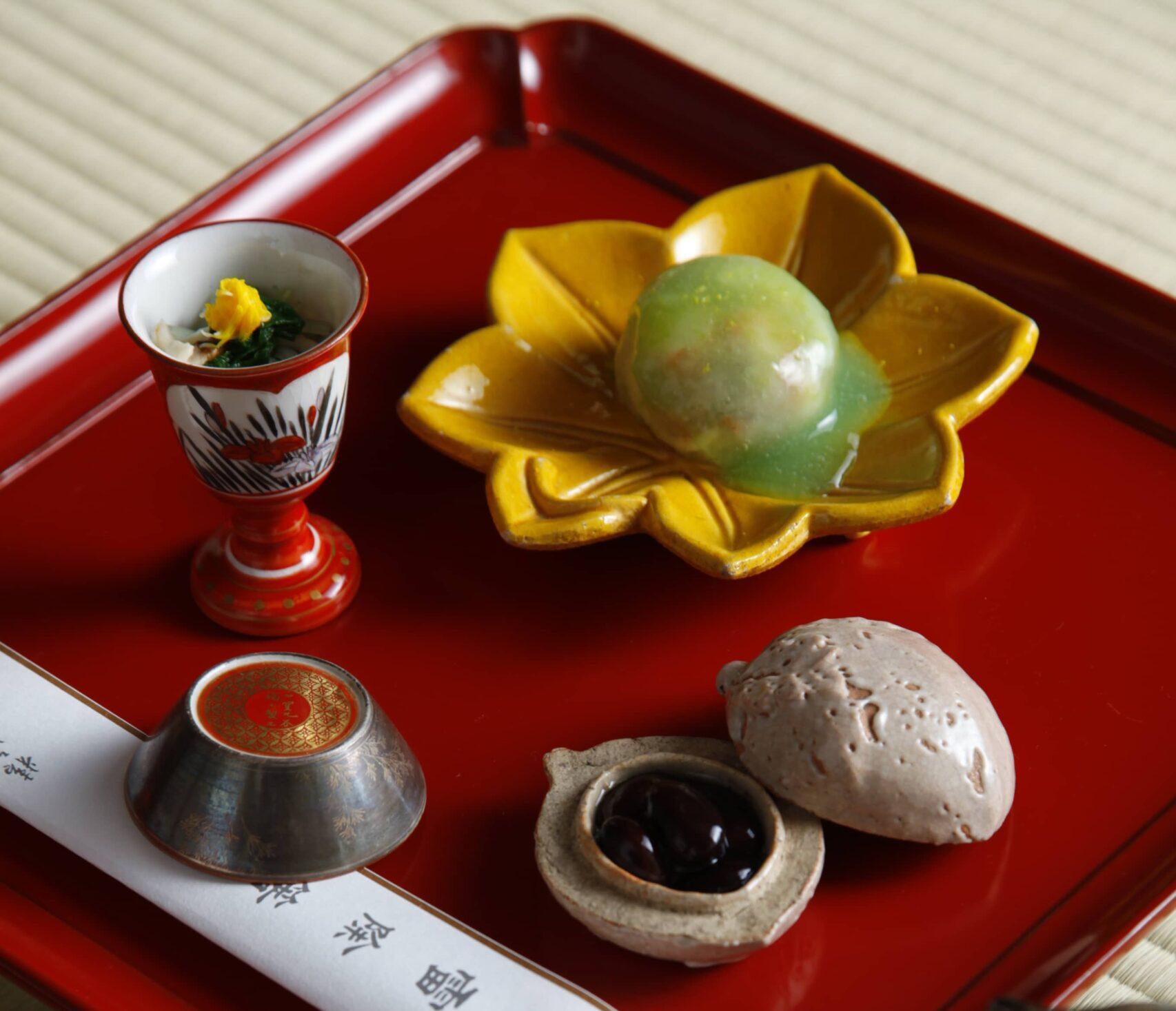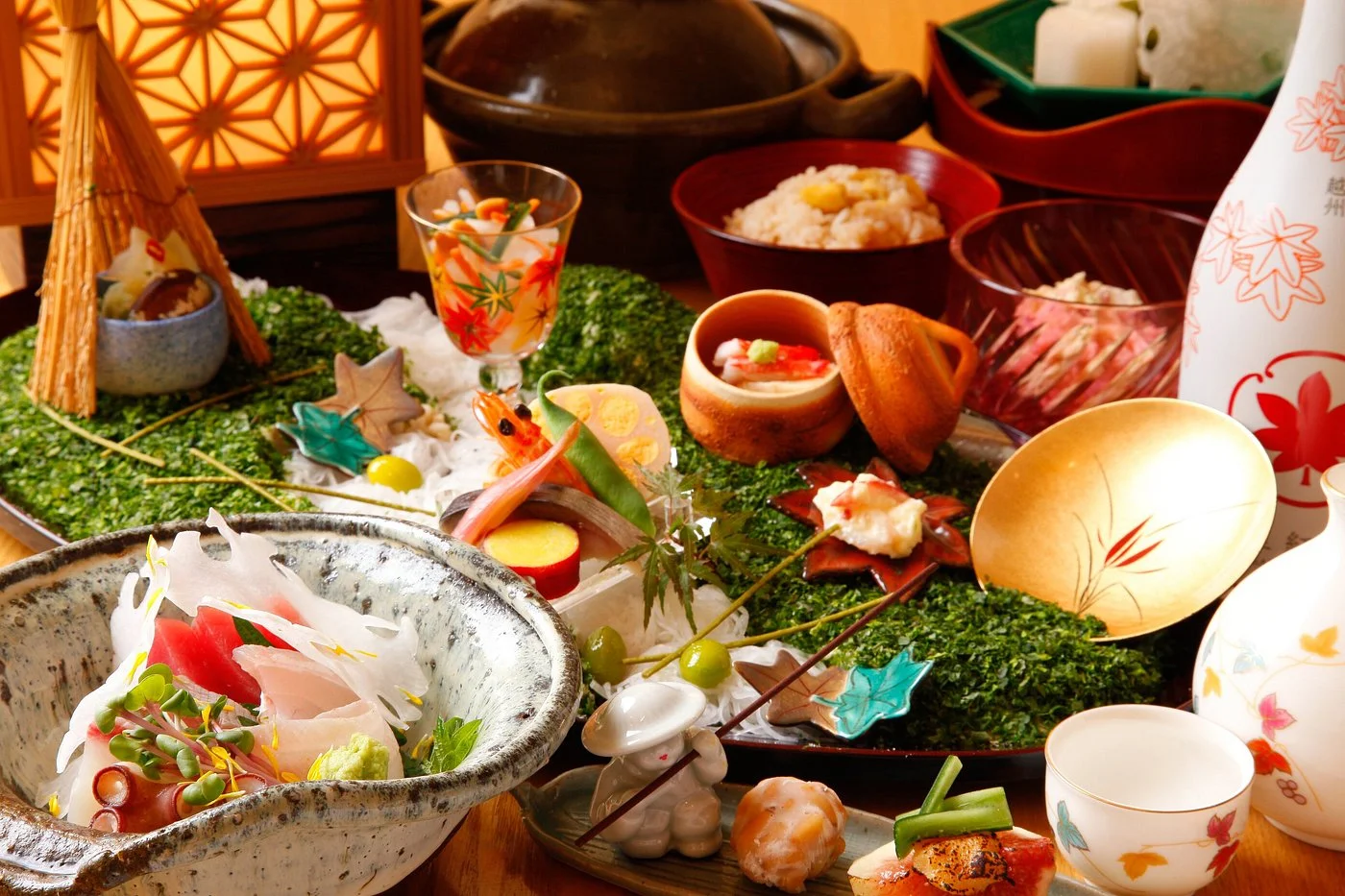Food is one of the most exciting parts of any trip to Japan. At any time of the year, in any season, you’ll be amazed by the variety and quality of Japanese cuisine on offer. From delicate sweets to fresh sushi, Japan has something for everyone’s tastes.
If you’re planning a winter Japan vacation, you’re in luck! The winter season in Japan offers some of the most incredible Japanese cuisine. It wouldn’t be too far off the mark to say that it’s one of the best seasons to find the the best food in Japan! offers plenty of incredible winter food to enjoy wherever you go.
To help you find the best food in Japan during your winter vacation, our local experts (AKA the MACHIYA INNS & HOTELS staff) have gathered up some mouthwatering recommendations of must-try dishes during your travels.
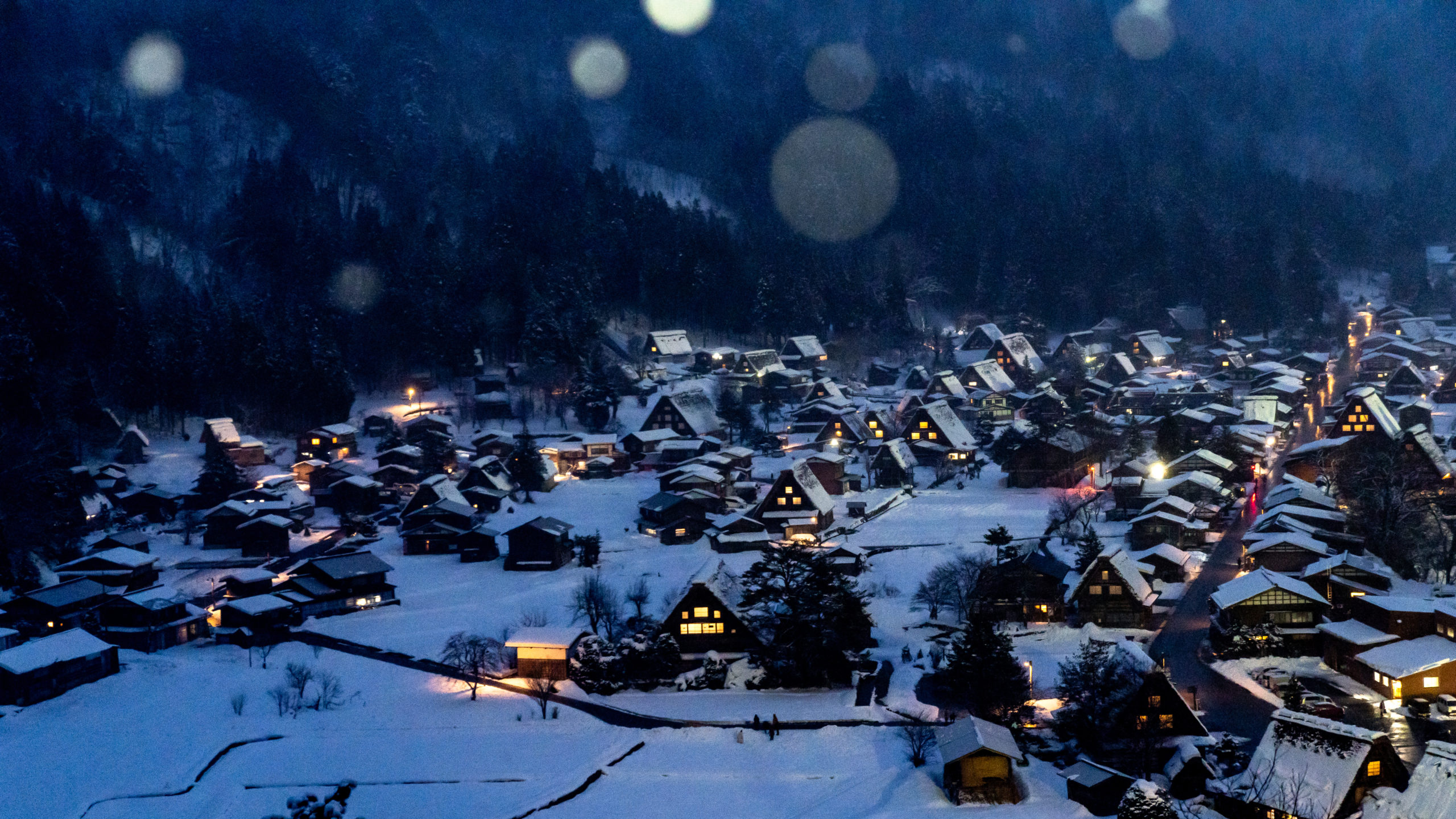
Winter in Japan usually lasts from December to February. Depending on where you’re traveling from, the Japanese winter will either seem mild or very cold. Humidity is often low across most of Japan in winter, so get ready for dry air during at least some of your trip.
In most areas of central Japan, winter months bring temperatures of around 25 to 45 °F (-4 to 7 °C). Not cold enough for you? Head to Hokkaido, the Japanese Alps, and other locations with a high altitude. You’ll find the climate is much colder in these spots, and their winter season lasts longer than in other areas.
On the other hand, if you want to experience milder weather while you explore, stick to southern Japan (such as Okinawa and Kyushu). Their winer is usually a little warmer.
Looking to avoid the busiest periods? If you plan to visit Japan, winter months tend to have less tourists and crowds. However, the New Year’s holidays are usually an exception, so be prepared if you book your trip for that occasion.
We’ve rounded up some of our favorite Japanese foods to enjoy during the colder winter months. We’ve got both sweets and savories on our list, so be sure to take notes for your own travels!
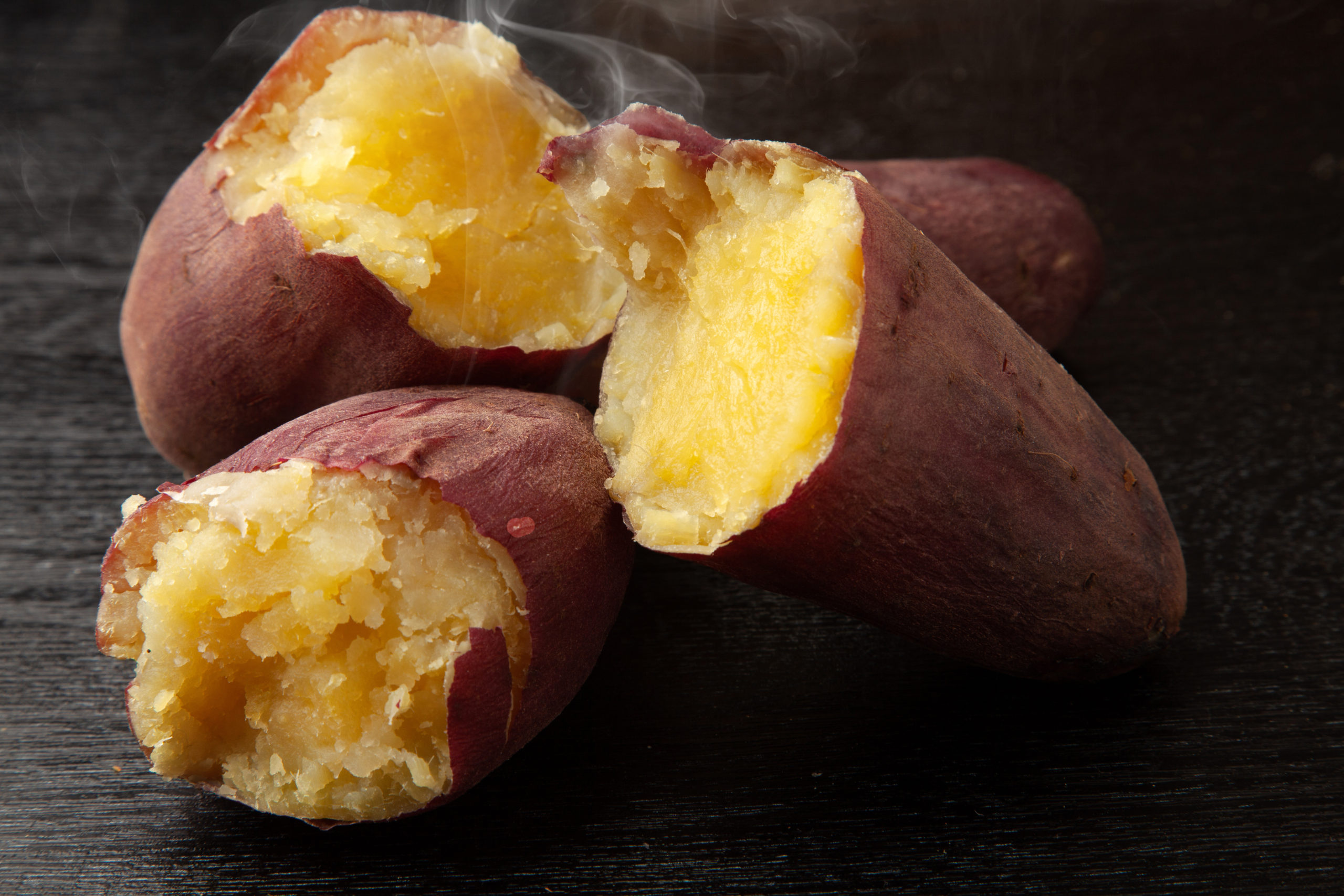
We’re starting off our list with something simple, yet so, so delicious. Yakiimo, or roasted sweet potato, is an incredibly popular food which is nostalgic to many Japanese. For locals, yakiimo is a staple food in autumn and winter, with its sweet taste and soft texture. There’s something special about the beautiful simplicity of yakiimo that we just can’t resist.
Where can you buy yakiimo during winter in Japan? The good news is, it’s usually very easy to find anywhere in Japan. You can find it freshly baked in both convenience stores and supermarkets. But if you want an authentic experience, we recommend buying from a special yakiimo truck or cart. They wander the streets with freshly roasted sweet potatoes, similar to ice cream trucks in western countries. You can also find yakiimo stalls at festivals during winter, as its the perfect snack to warm your belly while also warming your hands!
Yakiimo isn’t the only way to enjoy sweet potatoes in Japan. During the winter months, sweet potatoes, or satsumaimo in Japanese, is used in a huge variety of sweets. From traditional snacks like yokan to more modern snacks like puddings and cakes, you can find them everywhere.
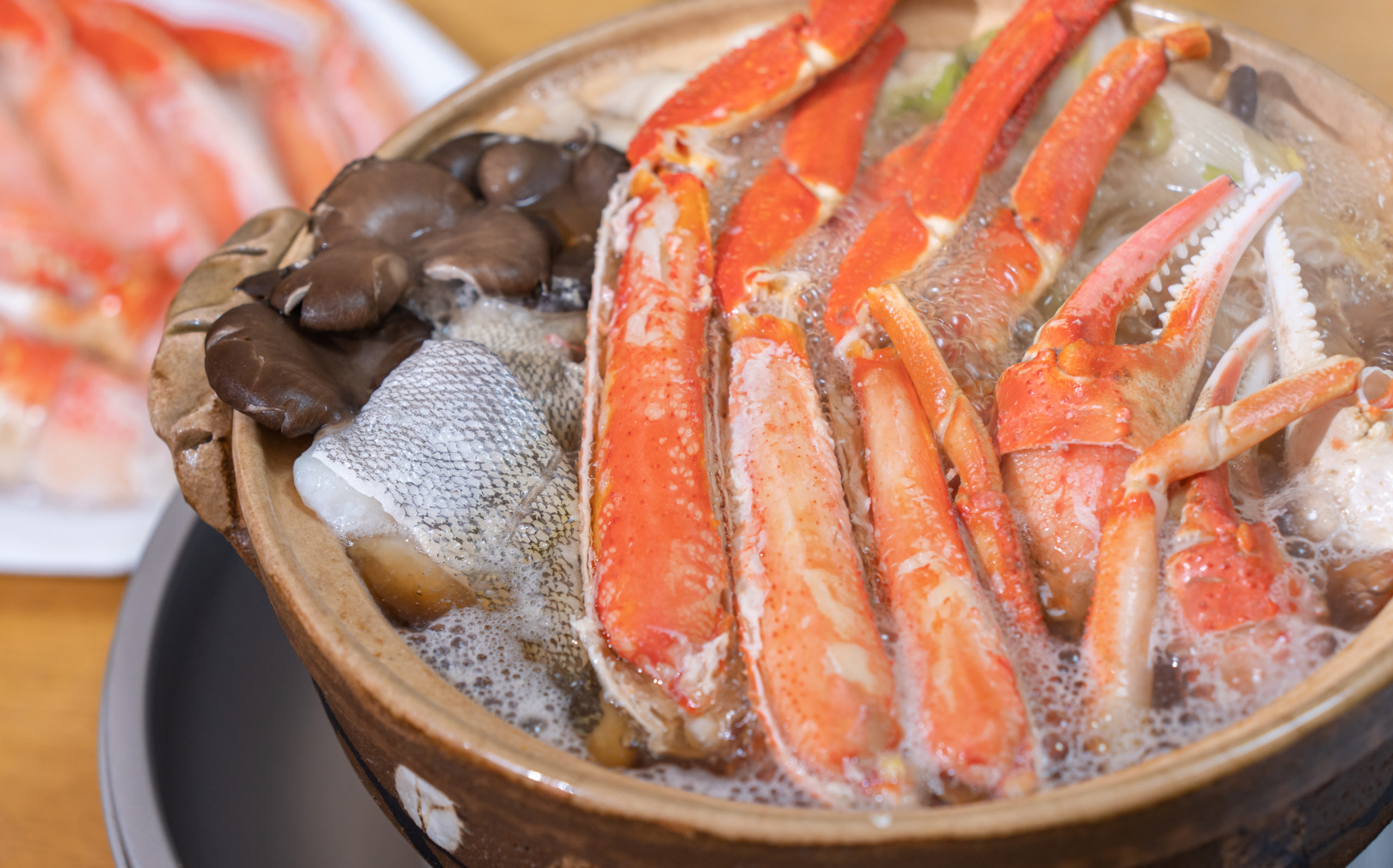
Nabe, or hot pot, is the go-to dish to warm up during the cold Japanese winter. With a number of different ways it can be prepared, you’ll never tire of nabe. Although the type of nabe may differ, one thing that holds true for most nabe cuisine is that it’s cooked in a ceramic pot over a tabletop stove. Everyone surrounds the nabe to enjoy the piping hot meal together.
There are a variety of nabe types, but each region of Japan usually has a specialty, be it the flavor of the soup used or special ingredients. Although a standard nabe dish for many families usually consist of beef, pork, or chicken as the main ingredient, seaside towns usually specialize in seafood nabe, while you can sometime find mountain towns with special wild boar or even bear meat nabe. Other common ingredients include green onions, Chinese cabbage, tofu, and different types of mushrooms. A nabe is usually finished off with either some rice or noodles to soak up the remaining soup.
If you’re on the lookout for a hearty, warming meal with proteins, veggies, and carbs all in one, be sure to enjoy a hot nabe during your winter Japan vacation!
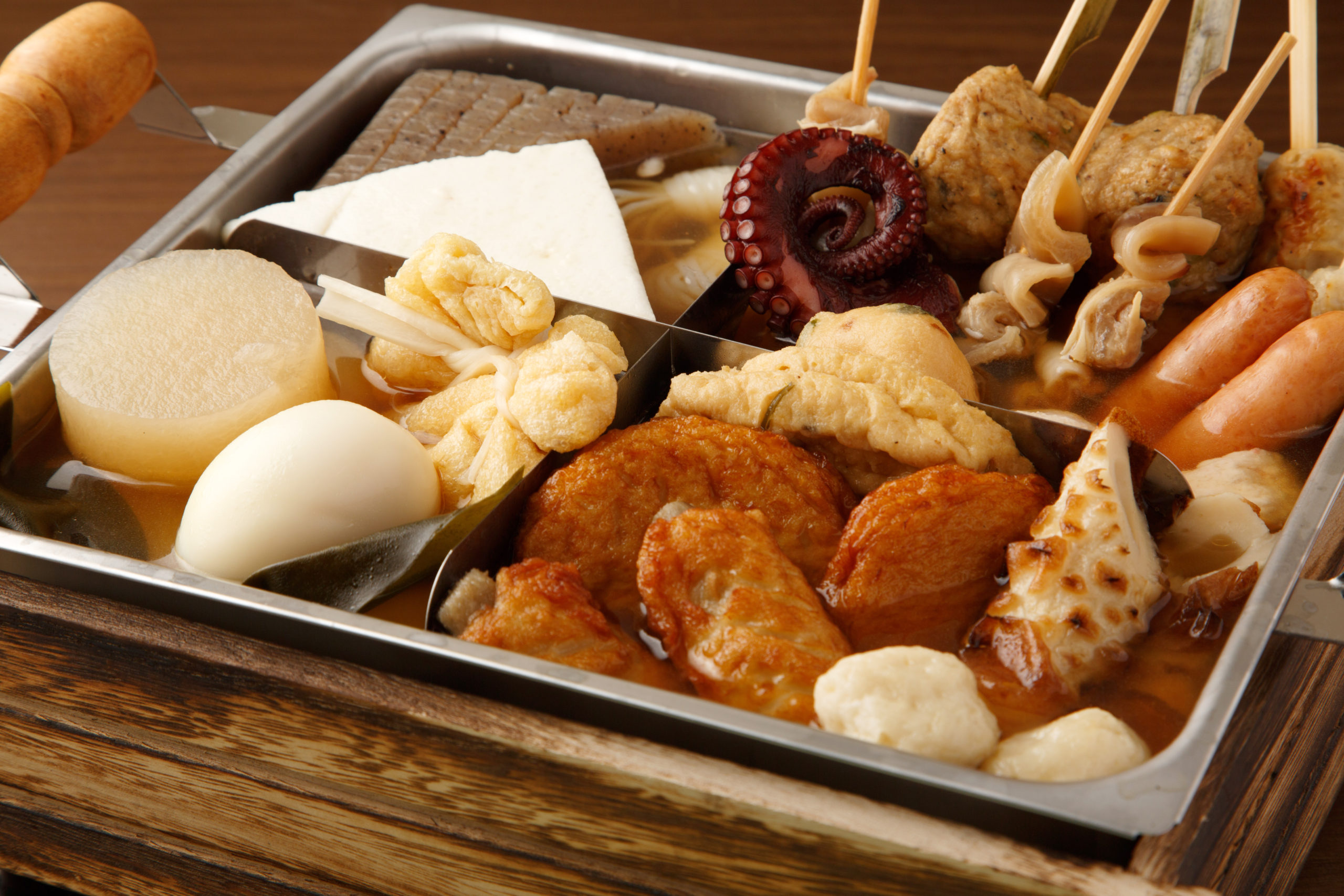
Oden is a type of nabe dish with plenty of variations throughout Japan. To prepare oden, various ingredients are placed in a pot to simmer in a dashi broth. Ingredients can vary, especially according to region. Many Japanese enjoy oden with some karashi, Japanese mustard, or yuzu-kosho, a Japanese seasoning made from chili peppers and yuzu, a citrus.
Oden is a bit different from typical nabe hot pot dishes, as the ingredients are usually left to simmer and soak up the broth for a long period of time. It’s a standard dish in Japanese homes, but you can also find them served in restaurants. Many travelers can be surprised by the fact that oden are often sold hot and ready to eat supermarkets and convenience stores. Simply pick out which ingredients you want to enjoy!
Popular ingredients for this Japanese winter food are boiled eggs, rolled egg omelettes, daikon radishes, varieties of fishcakes, konjac, and tofu. For those who enjoy Japanese sake, oden is the perfect accompaniment to enjoy sake with on a cold winter night in Japan.
Kanazawa city is famous for oden. Kanazawa oden features ingredients that are unique to the city, such as stuffed crab shells and shellfish. If you’re traveling through Kanazawa in winter, be sure to enjoy hot Kanazawa oden using fresh seafood!
See our recommended accommodations in Kanazawa: MACHIYA RESIDENCE INN KANAZAWA
Japan is home to a spectacular array of fresh, delicious seafood all year long. But if you’re a dedicated foodie with a craving for exceptional seafood, winter is one of the greatest times to visit the country.
What’s on offer? Here are just four common options:
But don’t stop there! There are many other fresh seafood on offer during winter in Japan.
You can find most of these used in nabe hotpot dishes during winter in Japan, but they are also available in their freshest form for the seafood experts; raw.
You may have heard of fugu for its potentially deadly poison, but it’s safe to eat when prepared in the right way by expert chefs. The fish’s toxic parts must be removed carefully to prevent contamination, and regulations are in place to ensure chefs preparing fugu in restaurants take the necessary precautions.
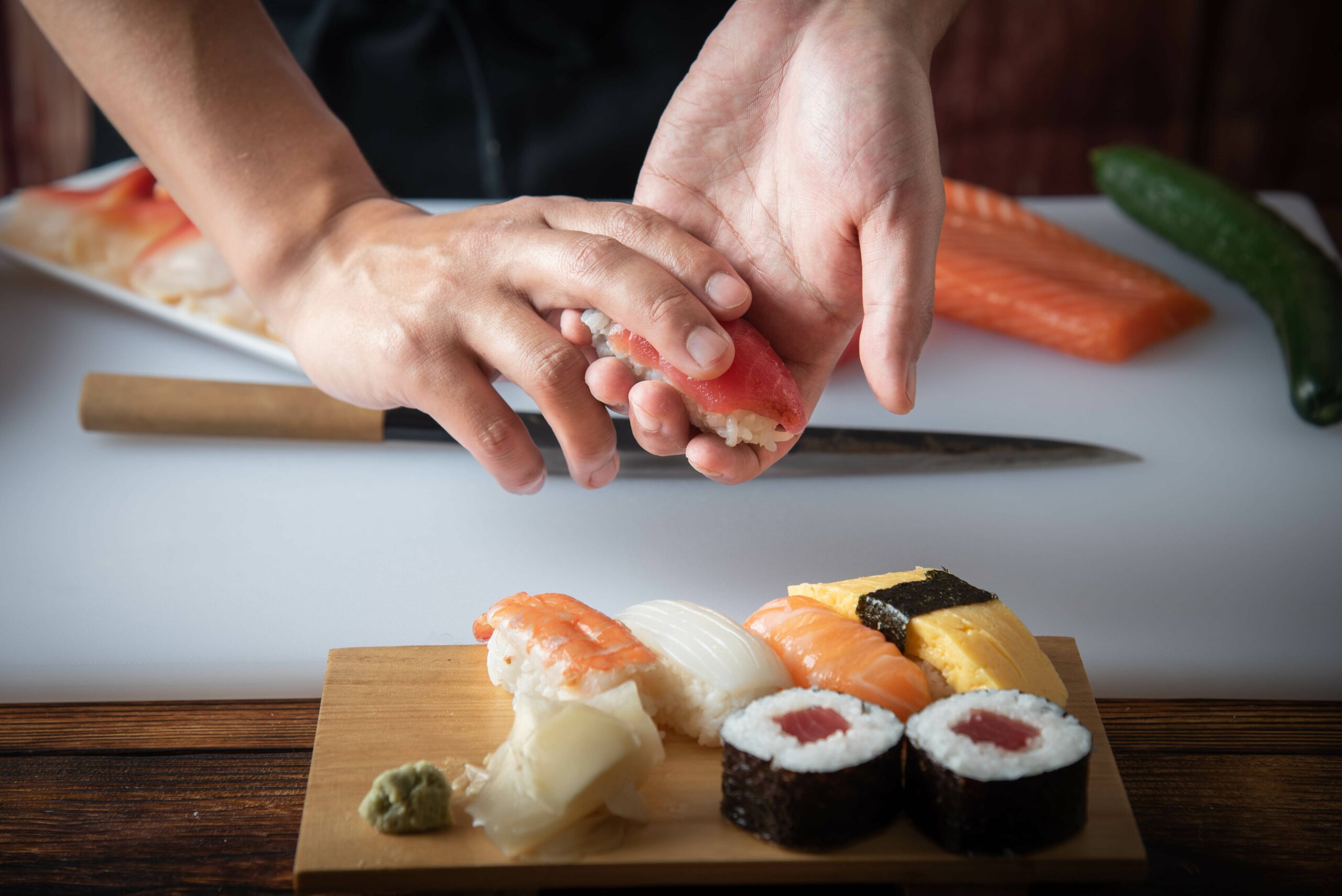
Of course, a Japanese food recommendation list wouldn’t be complete without mentioning sushi! If you love sushi, Japan is the place to be, especially winter
You’ll find an amazing selection of sushi in Japan at any time, but it’s a popular winter food for locals and tourists alike.Our recommendation? Try the tuna, you won’t regret it!
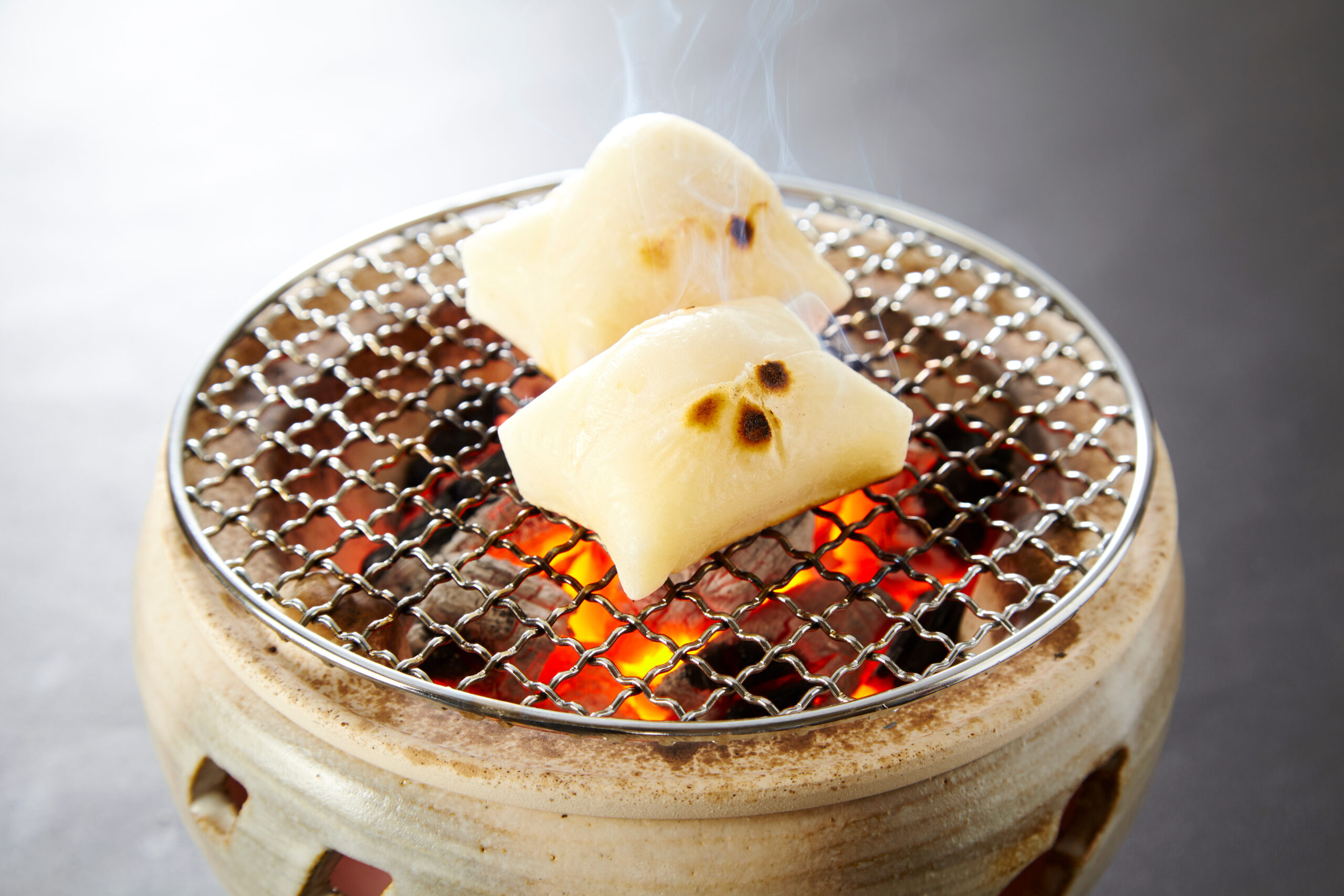
Mochi is a popular Japanese staple, known even internationally. Mochi is a Japanese rice cake which can be both prepared to be both sweet and savory. Although it is eaten year round, mochi is a traditional food eaten during the Japanese New Year’s holidays.
For those that want to enjoy it in a simple way, we recommend grilled mochi, or yaki-mochi. Served with a dash of soy sauce sweetened with sugar and oftentimes with nori (dried and salted seaweed) to wrap it, it’s the perfect snack to enjoy during winter. You can also enjoy grilled mochi with sweetened kinako (soybean powder), miso, and other seasonings.
For something sweet, try daifuku. Daifuku is a type of traditional Japanese confection, or wagashi. The mochi is wrapped around a filling, most commonly anko (red bean paste). There are many different types of daifuku, but we recommend trying ichigo daifuku. Ichigo daifuku contains a strawberry wrapped in anko.
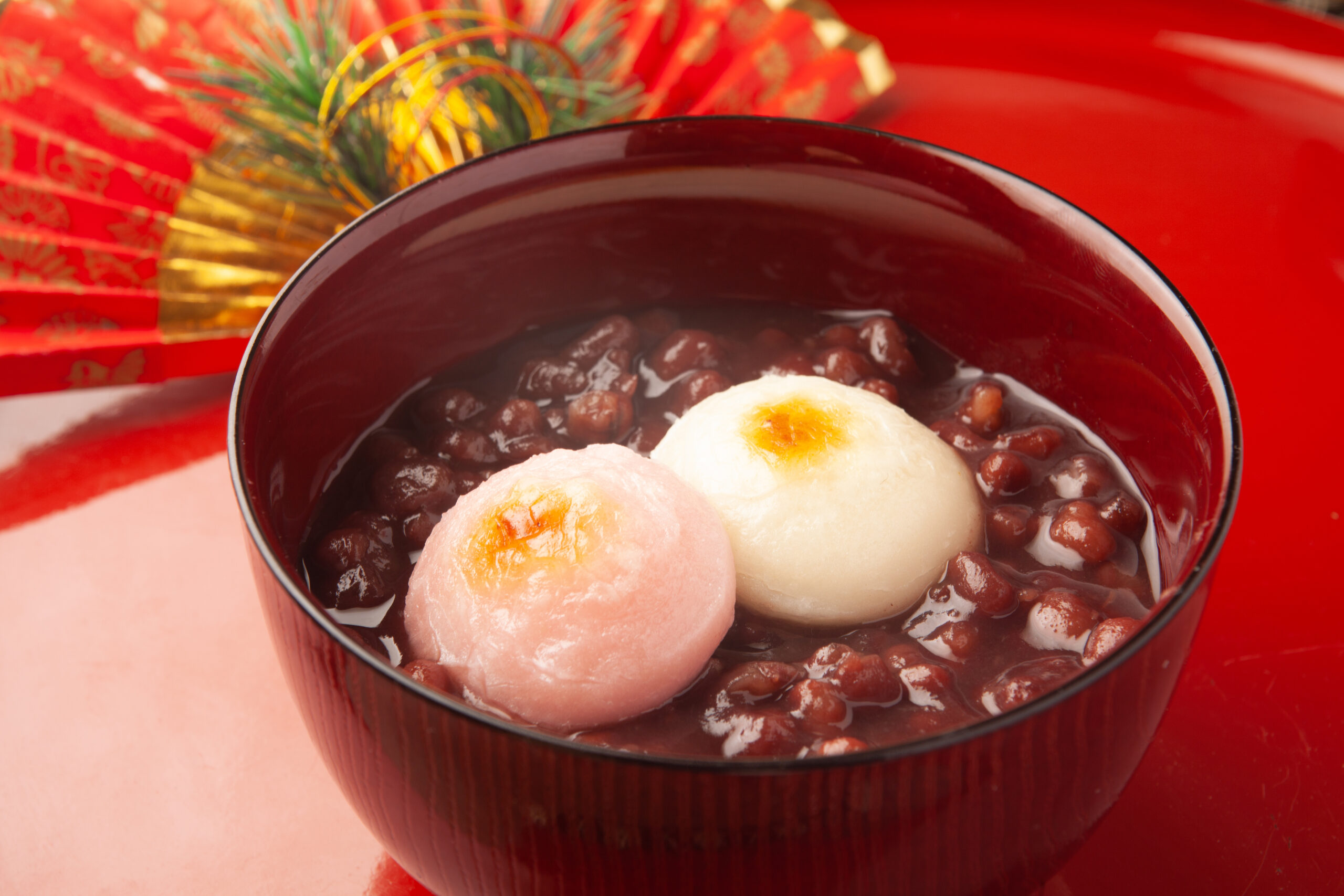
Now, for mochi dishes that are especially served during the New Years, you can find:
If you’re traveling through several prefectures in Japan after the New Years, we recommend trying local ozoni from the region. The flavor as well as additional ingredients of ozoni can differ depending on the region. One famous difference is that most ozoni in Japan will contain plain mochi, but the dishes in Kagawa prefecture use mochi with anko filling. This gives the ozoni, a savory dish, a touch of sweetness that has divided the opinion of Japanese locals for years!
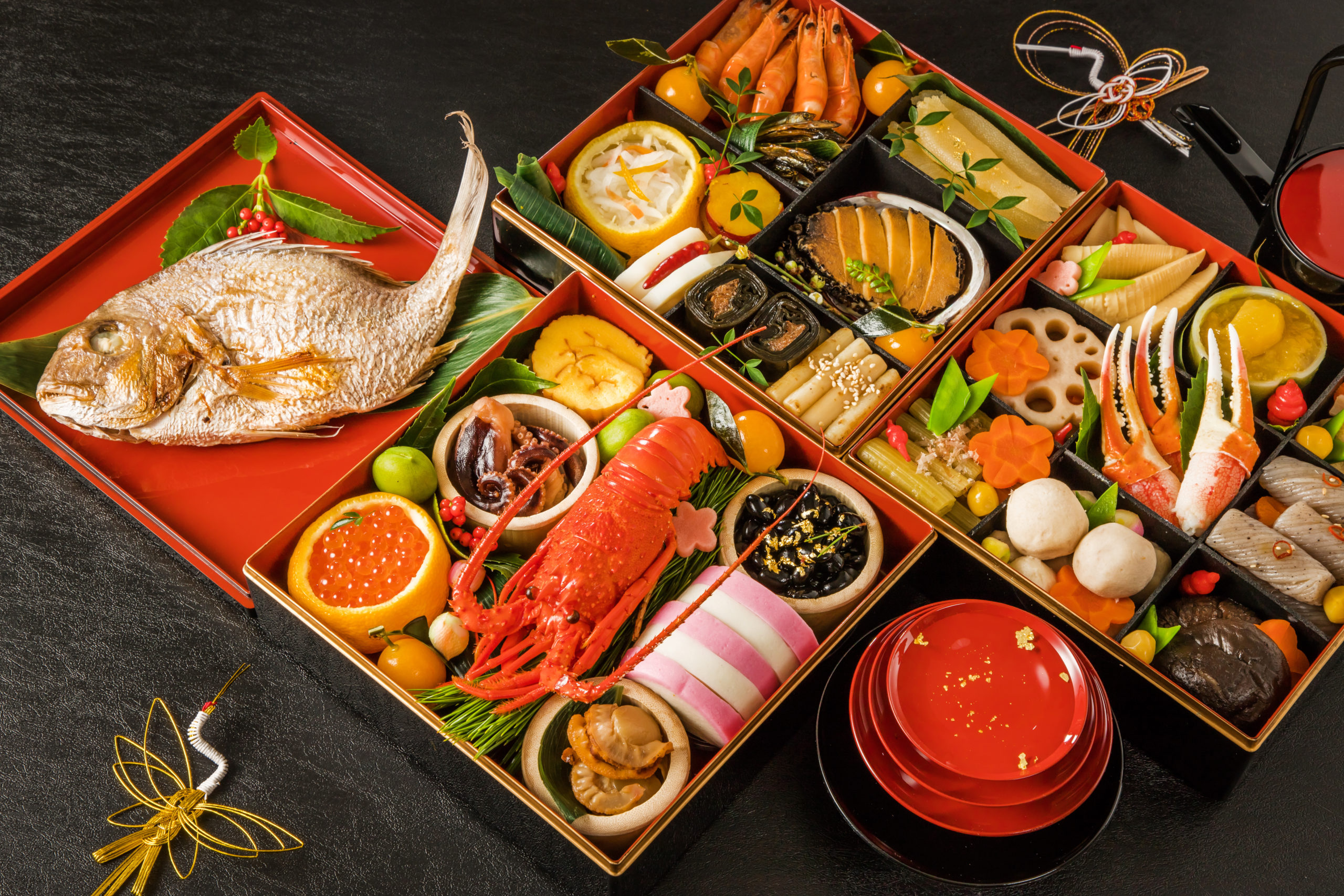
Osechi ryori, or osechi for short, is a traditional Japanese winter food served over the New Year’s holidays. It’s truly delicious, and a wonderful representation of Japanese cuisine (known as washoku). If you’re planning on being in Japan during the New Year’s holidays, take our word and be sure to make time to try osechi.
Osechi are usually served in special boxes called jubako, which will look very similar to a bento box. The jubako is filled with various types of dishes, each having a special meaning for the New Year holidays.
Some of the components that make up a typical osechi are:
While you can enjoy osechi ryori at many restaurants which serve is especially during the New Year’s holidays, you can also preorder or purchase it to enjoy privately in your accommodation from various supermarkets, department stores, and other vendors. Prices can vary greatly, from budget-friendly to truly gourmet. While there are traditional osechi, modern osechi using western dishes like roast beef have also gained popularity. There are even osechi geared for smaller children, using boxes and decorations with popular animated characters!
We hope our guide to must-try Japanese winter food inspires you to visit and try some of it for yourself! For more recommendations on where to go and what to eat while visiting Japan, take a look at our other blog articles!
Make your trip a truly local experience, and go where the locals go. If you're wondering where the locals go to eat when hanging out with family, celebrating with friends, stopping by for an after work drink... look no further.
Machiya Locals Website
